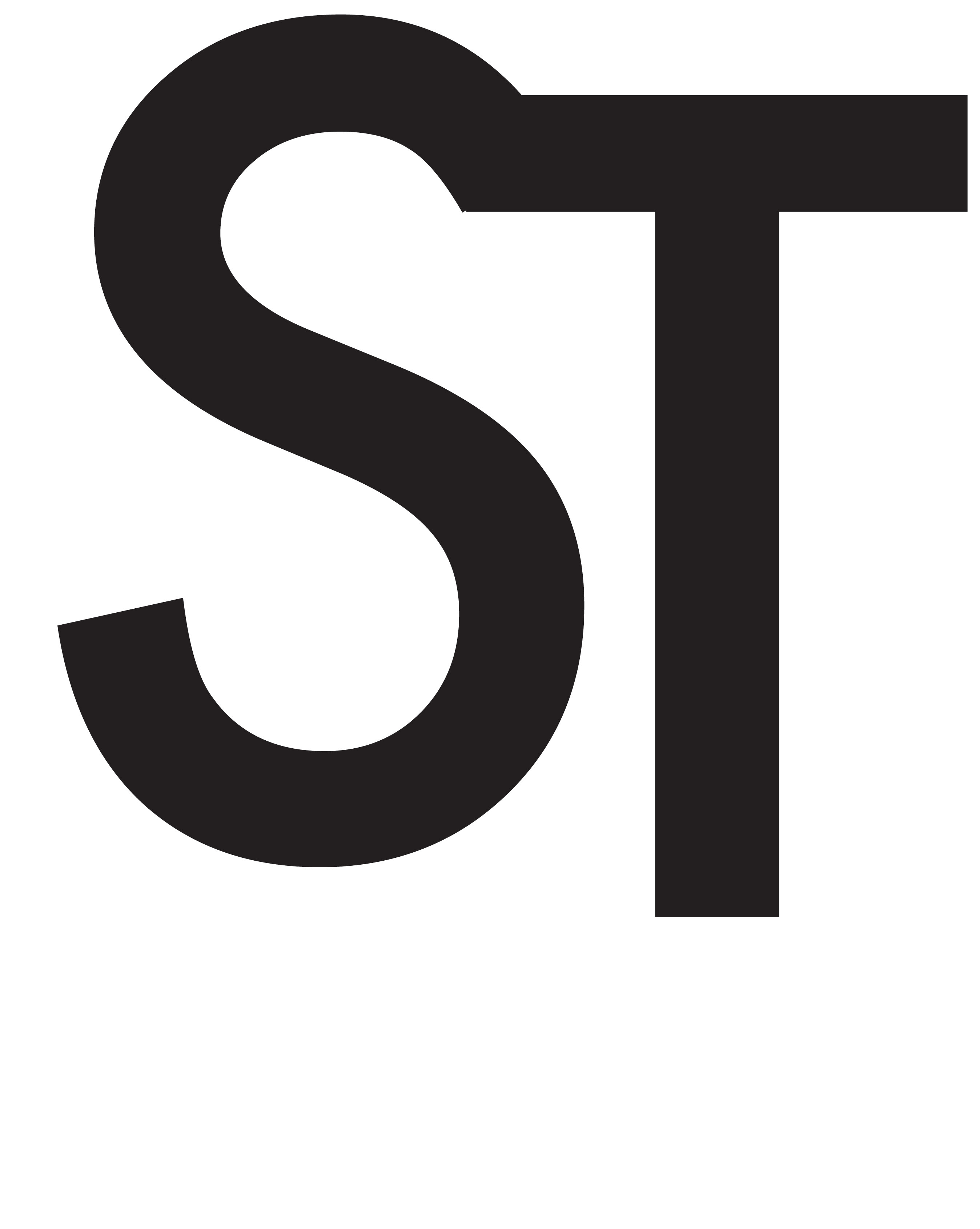The Blue Links creaton focused on Marseille and Rotterdam, two significant European port cities. We were tasked with searching for opportunities for improving the cities.
Wandering Pinpoints
Marseille becomes an interactive map where virtual pinpoints are made real. These nomadic hot air balloons attempt to pull people off the beaten track. The knockoff effect of this is a reduction of the cultural desert and inequality within the city.
Diverting Mirror
Currently, the view from St Charles invites one to go straight to the Harbour. Through the one-off installation of such a mirror, we believe that the wealth created by tourism can we redistributed: where the people go, the finances follow!
Pimp-my-Kiosk CulturHubs
Through the repurposing of disused kiosks, culture is redistributed across Marseille in bespoke outlets. Here, we try to make use of the ‘existing’, instead of creating anew.
Street Lab
Street Lab provides communities with a blank canvas with which to experiment and have fun, thus empowering citizens to re-make their city every day. The dynamic setting makes culture and knowledge more accessible by creating places where creation and discussion is encouraged.
Rando-UNESCO
Rando-UNESCO seeks to subvert the selective process of heritage-making by selecting at random locations that are then designated as heritage. The ideas is a provocative invitation to consider how & what we value within Marseille and an attempt at capturing intangible cultural heritage with physical objects.
STAGE 2
In the second stage, we had another 2,5 days to develop a concept which would apply to both port-cities.
This proposal was developed in collaboration with Eileen Stornebrink, Selene Bruni and Soléane Roumejon
Bottom-Up City is a process empowering local cultural ambitions. Bottom-Up City’s online platform supports the campaigning and fundraising of grassroots initiatives, as well as their live preparation and realisation. The combination of the digital medium and physical installations incentivises exchange and movement within the city, thus reducing social division.
The Bottom-Up City concept stems from the diversity of Marseille and Rotterdam, two 21st century port-cities whose identities were shaped by centuries of migration. There is both a need and opportunity for new forms of interexchange.
Military personnel return from New Guinea with a ship from the Rotterdamsche Lloyd in 1962.
Credit : Fotocollectie Anefo Reportage
Immigrants boarding a ship in Rotterdam around 1910. About two million people made their way to Rotterdam harbour from 1880 to 1920 to begin a journey that would often end at Ellis Island in New York.
Credit : Collection Stadsarchief Rotterdam/Municipal Archives, Rotterdam
The Ombrillère in the old harbour of Marseille
Credits : Nigel Young and Foster + Partners
Crowd in front of Rotterdam Centraal Station
Credits : Nieuws op Beeld
Bottom-Up City enables a change in paradigm for a cities’ cultural agenda by providing an alternative to institutionalised events which fail to both make use of the existing local creativity and reach out to the diverse local audience. Indeed, the micro and plural cultural scene enabled by a Bottom-Up approach democratises the access to culture.
Rotterdam’s and Marseille’s crowd-funded urban projects, such the Luchtsingel and Yes We Camp, are among the most loved and iconic destinations in the city. Enabled by micro-funding and volunteering, Bottom-Up City facilitates the multiplication of such projects and provides a sense of belonging and engagement with the city. Rather than remaining mere witnesses, Marseillais and Rotterdammers can become active participants in urban life. Furthermore, the scattered and temporary nature of the installations preserve the identities of the neighbourhoods and reduce gentrification threats.
In brief, Bottom-Up City makes smarter use of the city’s existing resources, whether physical, human or intangible. This enables the re-networking of spaces and inhabitants, enhancing local quality-of-life.
